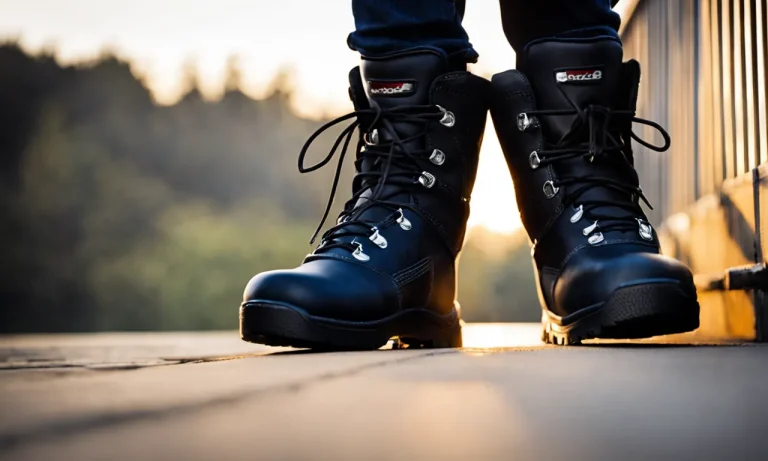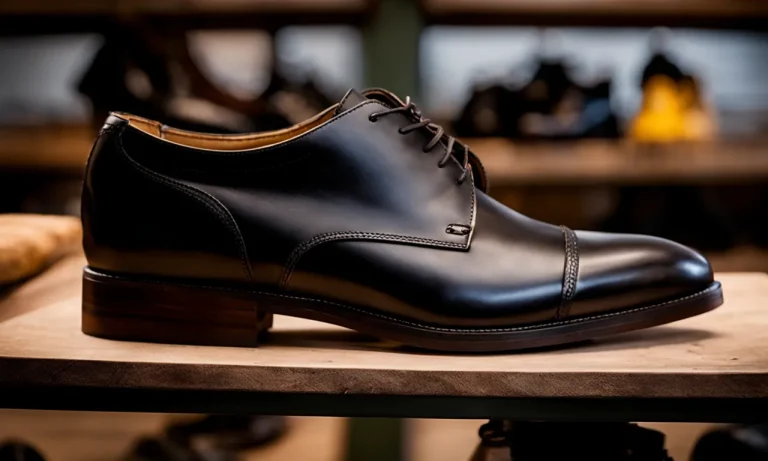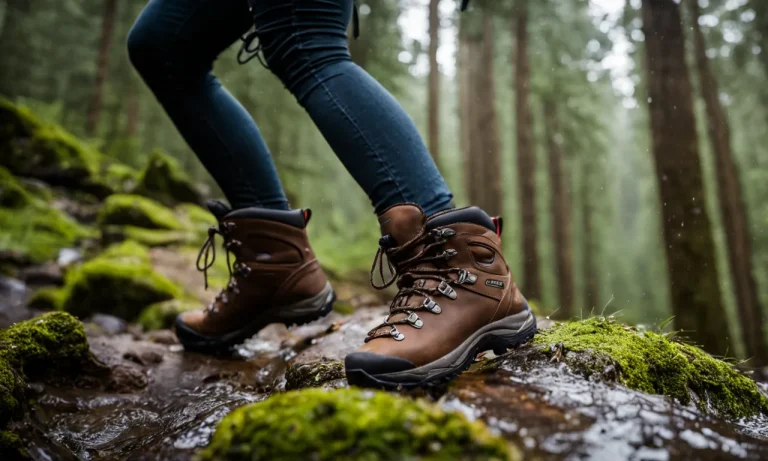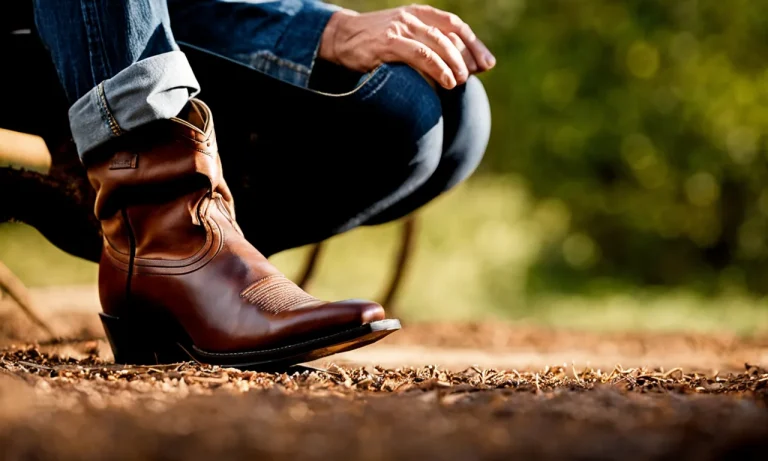With winter right around the corner, avid skiers and snowboarders are gearing up for a fun season hitting the slopes. One common question on every skier’s mind is whether their ski boots will properly fit and function with their bindings.
Improper binding compatibility could lead to release issues and injuries out on the mountain.
If you’re short on time, here’s a quick answer: Ski boots are not universally compatible with all bindings. Binding systems have different design specs and sizing requirements. You need ski boots and bindings meant to work with each other for performance and safety.
Binding Systems Have Specific Boot Requirements
When it comes to skiing, the right equipment is essential for safety and performance. One important aspect of skiing equipment is the compatibility between ski boots and bindings. Different binding systems have specific requirements for the type of ski boots they can accommodate.
It is crucial for skiers to understand these requirements to ensure a proper fit and optimal function on the slopes.
Alpine Bindings
Alpine bindings, also known as downhill ski bindings, are the most common type of binding system. They are designed for use on groomed slopes and offer excellent control and stability. Alpine bindings typically require ski boots with a specific type of sole, known as an Alpine sole.
These soles have a designated shape and size that fit securely into the bindings. They also have a specific height and thickness to provide the necessary support and performance. It is important to note that not all ski boots have Alpine soles, so it is crucial to check the compatibility before purchasing or renting ski equipment.
AT Bindings
AT bindings, or Alpine Touring bindings, are designed for skiers who enjoy backcountry or off-piste skiing. These bindings offer the ability to switch between a locked position for downhill skiing and a free-heel mode for uphill climbing.
AT bindings require ski boots with a special sole that allows for walking and climbing. These soles are usually made of rubber and have lugs or tread patterns for traction. They are also more flexible than Alpine soles to provide comfort during long hikes or climbs.
Skiers interested in AT bindings should ensure that their boots have the necessary features to properly engage with the bindings.
NTN Bindings
NTN bindings, also known as New Telemark Norm bindings, are a relatively new type of binding system primarily used for telemark skiing. Telemark skiing is a style where the heel is not attached to the ski, allowing for a fluid and elegant technique.
NTN bindings require ski boots with NTN inserts, which are specific metal receptors built into the boot sole. These inserts allow for a secure and reliable connection between the boot and the binding. Skiers interested in telemark skiing and NTN bindings should ensure their boots are compatible with this system.
It is important to note that ski boot compatibility goes beyond just the type of binding system. Factors such as boot size, flex rating, and forward lean also play a role in ensuring a proper fit and optimal performance.
Skiers are encouraged to consult with a professional or refer to manufacturer guidelines to determine the best combination of ski boots and bindings for their specific needs.
Boot Sole Length Matters
When it comes to ski boots and bindings, one important factor to consider is the boot sole length. The boot sole length refers to the measurement of the sole of the ski boot from the heel to the toe. It plays a crucial role in ensuring the proper fit and function of the ski binding.
Too Long Can Cause Pre-Release
If the boot sole length is too long for the binding, it can lead to issues such as pre-release. Pre-release occurs when the binding releases from the boot unexpectedly, which can be dangerous and increase the risk of injury.
When the boot sole is too long, it may not properly engage with the binding, causing it to release prematurely. This can be particularly problematic during aggressive skiing or when encountering rough terrain.
A study conducted by the International Society for Skiing Safety found that skiers with boot sole lengths that were too long experienced a higher rate of pre-release compared to those with properly fitted boots.
Therefore, it is crucial to ensure that the boot sole length matches the binding specifications to prevent such issues.
Too Short Prevents Proper Engagement
On the other hand, if the boot sole length is too short for the binding, it can prevent proper engagement. When the boot sole is too short, it may not fully engage with the binding, compromising the skier’s control and stability.
This can result in a loss of power transmission and decreased performance on the slopes.
According to experts at Ski Magazine, having a boot sole length that is too short can also increase the risk of accidental release. The binding may not be able to securely hold the boot in place, leading to unexpected releases during turns or jumps.
This can be particularly problematic for advanced skiers who demand precise control and responsiveness from their equipment.
To ensure a safe and optimal skiing experience, it is essential to have the correct boot sole length that matches the specifications of the binding. Ski equipment manufacturers provide compatibility charts and guidelines to help skiers determine the appropriate boot sole length for their bindings.
It is recommended to consult these resources or seek professional assistance from a ski shop to ensure a proper fit.
Toe and Heel Fit
When it comes to ski boots and bindings, ensuring a proper fit is crucial for a safe and enjoyable skiing experience. The toe and heel fit are two key factors to consider when determining if ski boots will fit all bindings.
Toe Piece Needs Snug Fit
The toe piece of a ski binding is responsible for securing the front of the ski boot to the ski. It is important for the toe piece to have a snug fit to ensure optimal power transfer and control. A loose toe piece can result in a lack of responsiveness and potentially lead to accidents on the slopes.
To ensure a proper fit, ski boots should have a compatible toe shape and size with the bindings. It is recommended to consult the manufacturer’s guidelines or speak to a professional ski technician for guidance on which bindings are compatible with your specific ski boot.
Heel Cup Must Hold Heel Securely
The heel cup of a ski binding is responsible for holding the heel of the ski boot securely in place. It plays a crucial role in transmitting the skier’s movements to the skis. A loose or ill-fitting heel cup can result in reduced control and stability, increasing the risk of injury.
To ensure a proper fit, the heel cup should securely hold the heel of the ski boot without any excessive movement. Different bindings may have different heel cup designs, so it is important to choose a binding that is compatible with the shape and size of your ski boot’s heel.
It is worth noting that while ski boots are designed to fit most bindings, there may be some exceptions. Certain specialty bindings or older models may have specific requirements in terms of boot compatibility.
It is always best to consult the manufacturer’s guidelines or speak to a professional ski technician for specific recommendations.
For more information on ski boot and binding compatibility, you can visit the website of reputable ski equipment manufacturers such as Marker or Salomon.
Other Compatibility Factors
Boot Flex Rating
Another important compatibility factor to consider when matching ski boots with bindings is the boot flex rating. The flex rating refers to the stiffness or flexibility of the boot, and it is usually indicated by a number.
Different bindings are designed to accommodate boots with specific flex ratings. Using a boot with a significantly different flex rating than what the bindings are designed for can affect the performance and safety of the skier.
It is crucial to check the recommended boot flex range for your bindings and ensure that your boots fall within that range.
Release Values
The release values of the bindings are also crucial for compatibility. Release values determine how easily the bindings will release in the event of a fall or excessive force. Each binding has a specific range of release values, and it is important to match these values with the skier’s weight, skiing ability, and aggressiveness.
Using bindings with incorrect release values can result in improper release or, worse, a failure to release when necessary, which can lead to injuries. Ski manufacturers often provide guidelines for matching release values with boot sole lengths and skier profiles, so it is essential to consult these recommendations when selecting bindings.
Brakes
Brakes are an important component of ski bindings that prevent the skis from sliding away in the event of a fall. When selecting bindings, it is crucial to ensure that the brake width matches the width of your skis.
If the brake width is too narrow, the brakes may not properly engage when the skis are released, causing the skis to slide away. On the other hand, if the brake width is too wide, it can interfere with the ski’s performance and drag on the snow.
Therefore, it is essential to check the brake width of the bindings and choose a size that matches the width of your skis.
Shopping Tips for Ski Boot-Binding Pairs
Research Intended Use and Certification
When shopping for ski boot-binding pairs, it is important to consider the intended use and certification requirements. Different skiing disciplines, such as alpine skiing, backcountry skiing, or Nordic skiing, have specific boot and binding compatibility requirements.
It is crucial to research and understand these requirements to ensure a proper fit and optimal performance on the slopes.
Additionally, ski boots and bindings must also meet certain safety standards and certifications. For example, alpine ski bindings need to be certified by the International Organization for Standardization (ISO), which ensures that they release properly in case of a fall.
Checking for these certifications will help guarantee the safety and reliability of the boot-binding pair.
Consult with Ski Shop Technicians
Before making a purchase, it is highly recommended to consult with ski shop technicians who are knowledgeable about ski boot-binding compatibility. They can provide valuable insights and guidance based on their expertise and experience.
These technicians can help you determine the appropriate binding type, release settings, and compatibility with your specific ski boot model. They can also consider factors like your skiing ability, weight, and skiing style to recommend the best boot-binding pair for you.
Taking the time to consult with professionals will ensure that you make an informed decision and find the perfect fit for your skiing needs.
Consider Demoing Options First
If you are unsure about which ski boot-binding pair will work best for you, consider demoing different options before making a purchase. Many ski resorts and specialty shops offer demo programs, allowing you to test out various combinations of boots and bindings on the slopes.
Demoing allows you to experience firsthand how different boot-binding pairs perform in different skiing conditions. It can help you determine which combination provides the best fit, comfort, and performance for your skiing style and preferences.
Additionally, demoing can also be a fun and exciting way to try out new equipment and explore different skiing techniques.
By demoing options first, you can make a more confident and informed decision when it comes to purchasing your own ski boot-binding pair. It eliminates the guesswork and ensures that you find the perfect match for your skiing adventures.
Conclusion
In summary, ski boots are designed and engineered to work with specific binding systems. Boot and binding pairings rely on precise sizing, dimensions, flex characteristics and release capabilities for ideal performance and injury prevention.
Doing thorough research and seeking professional guidance will ensure your equipment works seamlessly together on the slopes.






